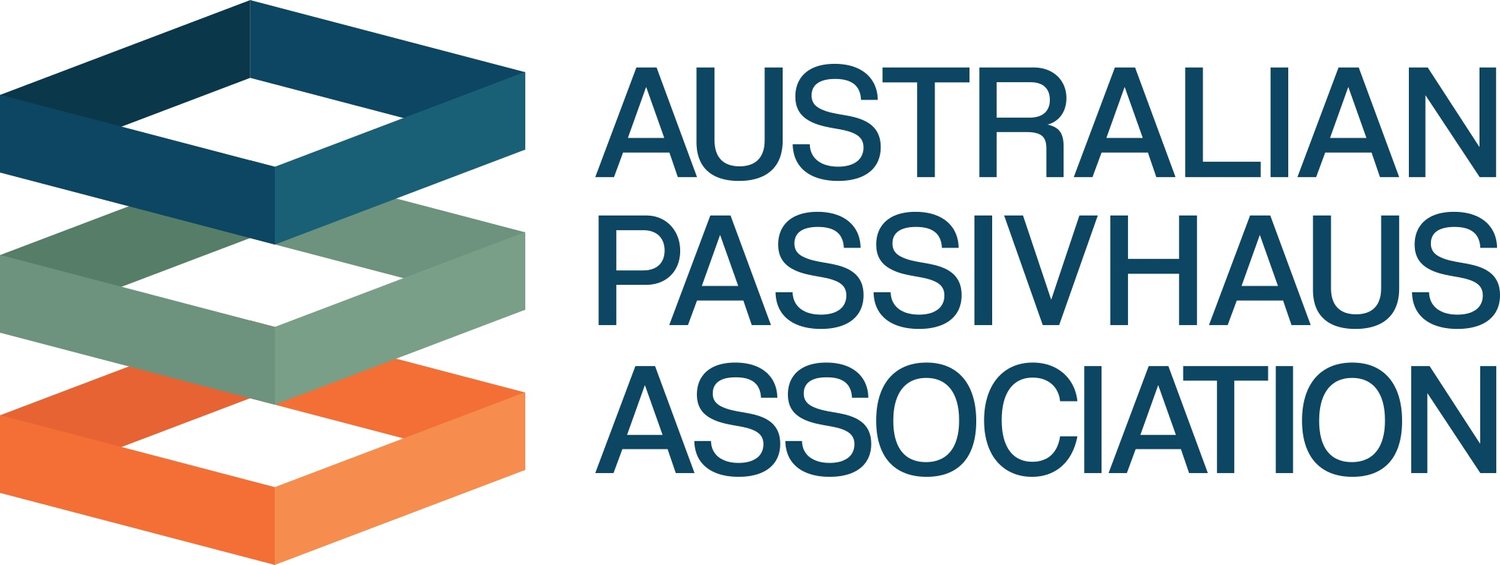Public Consultation: Proposed Amendments to AS 1668.2:2023—The Use of Ventilation and Air-Conditioning in Buildings
A Standards Australia (SA) consultation is open for members of the public to comment on the proposed amendments to AS 1668.2:2023 - The use of ventilation and air-conditioning in buildings, Part 2: Mechanical ventilation in buildings. The Australian Passivhaus Association is encouraging commentary on the proposed changes related to the Passivhaus Standard.
Consultation Closes: February 6
An overview of these proposed changes has been provided by Standards Australia and is listed below.
This Standard was prepared by Standards Australia Committee ME-062, Ventilation and Air Conditioning, to supersede AS 1668.2:2012, The use of ventilation and airconditioning in buildings, Part 2: Mechanical ventilation in buildings.
The objective of this document is to provide users with requirements for mechanical ventilation of buildings. It includes minimum design parameters for determining ventilation rates for general application in buildings.
This document has been prepared for reference in the National Construction Code (NCC).
This edition of the document has been revised and updated to improve users' ability to conform to the technical requirements and reflect contemporary technologies and practices. The main technical changes in this edition are:
(a) Non-quantified performance requirements and terms have been replaced by quantified prescriptive requirements where possible, simplifying compliance and certification pathways.
(b) Calculation of minimum outdoor airflow rates have been presented in simple and engineered formats, the concept of borrowed ventilation air has been introduced for some spaces and residential exhaust ventilation requirements have been aligned with provisions for condensation management introduced by the NCC since the last revision of this document.
(c) Contaminant generation rates for vehicles have been updated to reflect the more widespread use of emission control catalysts, engine technology advances, engine management systems and low-emission fuels in the contemporary Australian vehicle fleet, all leading to reduced required ventilation rates for carparks.
(d) Sections on kitchen exhaust and health care ventilation have been generally updated and expanded to align with contemporary practice and technology, including a new compliance pathway for treated kitchen exhaust discharge.
What is the relevance to Passivhaus?
Comments are welcome regarding all proposed changes within the document, however, Section B includes proposed changes that are critical to achieving simpler Passivhaus HRV system compliance.
B.2 General exhaust for enclosures, contains a table that lists the exhaust ventilation rates for various types of rooms. Readers will see that the proposal is to allow for private dwellings to use 10 l/s exhaust continuously rather than the current 25 l/s.
What are the benefits for Passivhaus projects?
Current high-volume non-continuous airflow is 25 litres per second for bathrooms and toilets, and 40 litres per second for laundries and kitchens. Passivhaus operates differently, with lower airflow rates, but continuous airflow.
APA has previously commissioned modelling, which demonstrates that HRV systems provide superior comparative performance, with specific regard to improved moisture and odour removal. This is due to the higher total volume of air being exchanged throughout a 24-hour period than can exchanged with current requirements which provide intermittent exhaust rate.
Due to the variance of HRV systems operation vs the current NCC Requirements, professionals working on Passivhaus projects are required to submit a report called a performance solution. These reports demonstrate how HRV Systems meet the NCC requirements. The proposed changes of this standard work towards a lower cost, simpler and more robust compliance pathway than the current method. The reduction of the airflow rates is better aligned with Passivhaus requirements, representing a significant step towards creating a deemed-to-satisfy pathway.
What is Passivhaus Australia recommending?
The Association supports the step towards a deemed-to-satisfy compliance pathway. We will provide commentary to SA that will be published on the public website after it has been submitted. Please email us with any comments you would like considered for inclusion in our submission by February 6 at admin@passivhausassociation.au with the subject line ‘Public Consultation - Proposed Amendments AS 1668.2:2023’.
Who should comment?
Homeowners, builders and designers are encouraged to comment.
The committee working on the update to the standard are seeking comments from those experienced using systems that operate with low continuous flow rates, such as all buildings with HRV systems installed that have been commissioned to Passivhaus flow rates. This does not require that the building has been Certified to the Passivhaus Standard, just that the HRV system has been commissioned to ensure that the appropriate flow rates have been achieved. Therefore, Passivhaus professionals (designers and builders) and homeowners will have relevant experience and commentary for this consultation.
Some examples of how the parties in both areas can provide relevant feedback are listed below:
“I have had a continuously operating ventilation system installed in my home for X years that exhausts my bathroom and toilet at 8.5 l/s continuously which is boosted to 11 l/s for 30 minutes when the room is in use. I’ve found this does an excellent job and is satisfactory at removing odours and moisture from these rooms.” - Passivhaus Homeowner
“I have built a number of houses with continuous ventilation systems installed over the last X years that have provided ~ 10 l/s continuous exhaust rates to bathrooms and toilets. I have kept in close contact with the owners to get feedback on any issues that may arise, and to date the feedback I’ve received on these systems in terms of moisture and odour control has been excellent.” - Passivhaus Builder
“I am a building designer and have designed a number of residential buildings that have continuous ventilation systems installed in them that use low exhaust flowrates ~ 10 l/s in bathrooms and toilets. I continue to specify these in my projects as they provide a robust way to ventilate the bathrooms, toilets, and other wet areas in the building.” - Passivhaus Designer
Guidance for comments
Section B2 aims to remove odours and moisture, it is therefore important that your comments address these two factors. You will note that all of the above-mentioned examples address these issues and how low, continuous exhaust rates effectively achieve this.
A document has been prepared to help APA Members navigate the submission. Submissions close on February 6, (as per the portal’s listed deadline). Noting some areas of the SA website have the incorrect date of January 23rd listed.
Should you be aware of any other amendments to this standard that impact Passivhaus projects, please contact our team so that we can highlight this to the public and our members.

